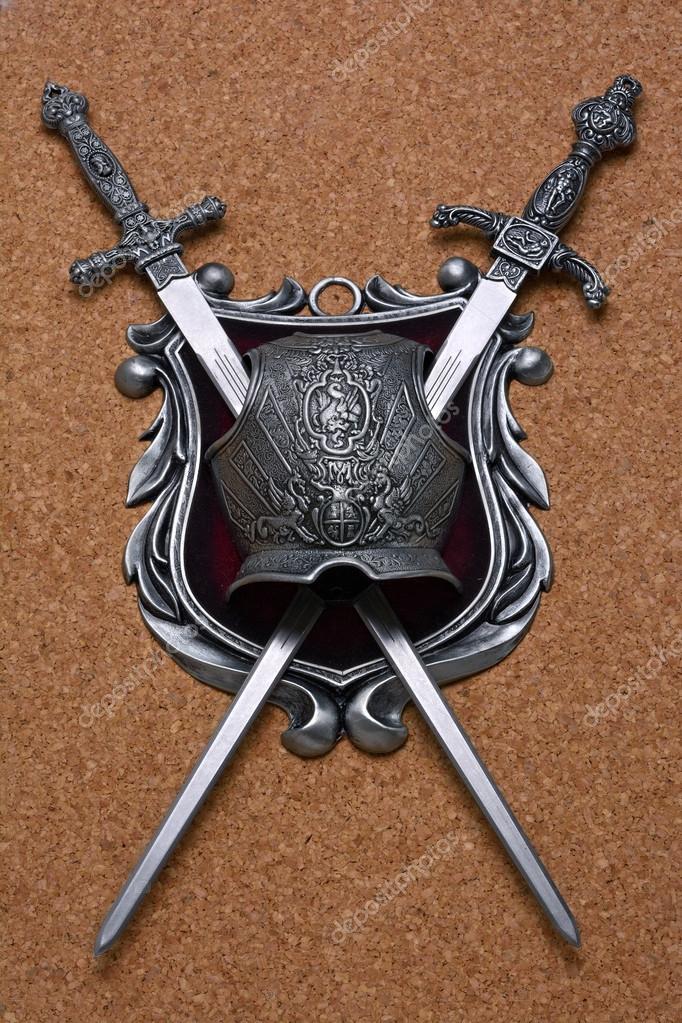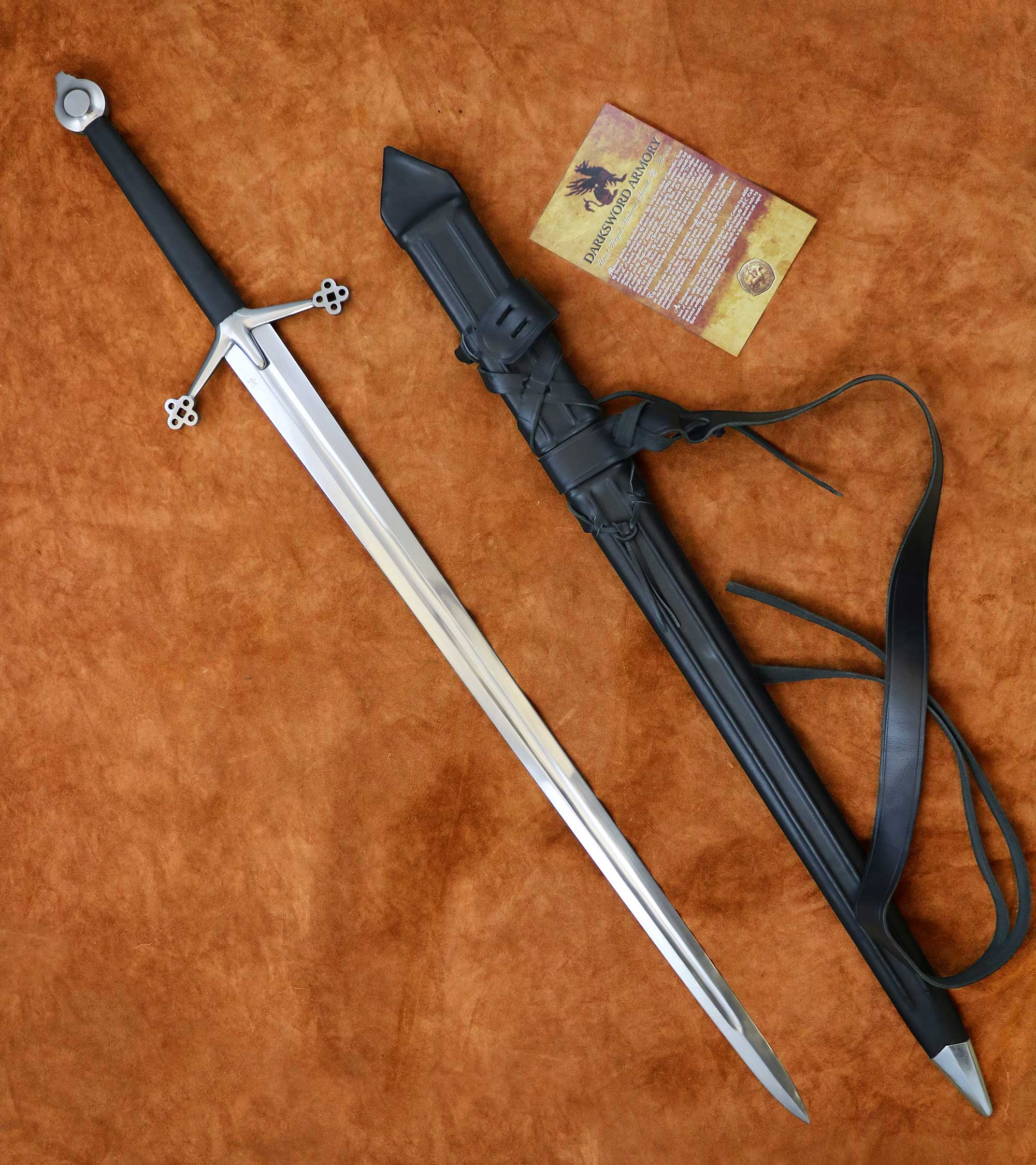

It was a long dagger which was secured to the person by a chain. It was designed especially for the use of foot soldiers when rushing upon knights who had been dismounted in a cavalry charge, or for the close encounter of infantry against infantry.Īmong the Medieval swords, the Anelace was very popular with the civilians. The Cultellus was a short sword, and is not often mentioned or represented. It had a blade wide at the point the edge was curved and convex, the back concave. The Falchion was chiefly used by archers and men-at-arms. Medieval Swords used by lower ranks and civilians Of a distinct category are the swords used mostly by the more humble soldiers. The pear-shaped pommel may be considered as defining the type for this century. In the 15th Century, the swords maintained the same characteristics.

The blades were often covered with Latin inscriptions. The pommel is sometimes charged with a cross, or contains an escutcheon of arms. It is round, wheel-formed, trefoil, lozenge-shaped, angular, conical, pear-shaped. The pommel offers great diversity of form. The first kind has varieties in which the centre is cusped, or the extremities are More rarely it curves in the opposite direction, or has an angular form. The cross-piece was usually either straight, or curved towards the blade. Length of the blade was not uniform, there were blades of 2 feet and 8 inches, but also of 2 feet and 1 inch. In the 14th Century, the swords were straight, broad, and acutely pointed, with a simple cross-piece for guard, thus retaining the characteristics of the previous century. The sacred symbol of the Cross is very frequently found on the circular pommel. The plain round pommel is generally wheel-formed that is, it has a projection in the centre something like the nave of a wheel. The round pommel is either plain or ornamented on its sides: in the latter case the ornament is usually a cross, or a shield of arms. The pommel of the Medieval swords takes many forms: the round, the trefoil, the cinquefoil, the rosette, the lozenge, the conical, the pear-shaped, the square, and the fleur-de-lis, The crossbar was at other times straight.Ī variety of the straight guard forms also a cusp over the centre of the blade. Sometimes the curved guard threw out a kind of cusp in the middle. The cross-piece was usually curved towards the blade. The type is well shown in the Second Seal of King Henry III. The blade was straight, broad, double-edged, and pointed. The swords of the 13th Century resembled those of the preceding epoch. The shape of the pommel takes many forms: round, hemispherical, square, lozenge, trefoiled or cinquefoiled. The blade of the swords of this period was always two-edged, and about forty inches in length the quillons were generally straight, in other cases curved towards the blade, as in the Great Seal of King Henry II the grip varied perhaps more than any other part, being at timesĪlmost double handed. The sheaths were usually of leather, stiffened with a wood framing. They were at times highly ornamented, inlaid with precious stones. The cross-guards began in a simple projection, but increased as time went on together with the pommel, (2) a similar variety having a cross guard and (3) a sword with the blade slightly curved.įrom the Norman Conquest till the end of the 12th Century, the grip of the swords was usually of wood, covered with skin, but sometimes of bone. (1) those having the character of a broadsword, with parallel sharp edges and an acute point, and the tang only for a grip In some later types, a more developed guard included two knuckle bows connected by a loop, not unlike a basket hilt.During the Pre-Norman Period, the swords in use throughout Europe were of the Scandinavian type, and may be divided into three classes: The hilts of German bastard swords before the middle of the sixteenth century were basically cruciform, with long straight or curved quillons, ring guards, and one or two arms of the hilt. Knights and men-at-arms continued to use the bastard sword into the 1500s, and for a time, they enjoyed the civilian side-arm role that would later be superseded by the side sword and longsword. The sword’s hilt often had side-rings and finger rings to defend the hand, and a more slender, or tapered, narrowly pointed blade. These swords typically had longer handles, which allowed use by one or both hands.īastard swords are also known as hand-and-a-half swords. Women’s Medieval & Renaissance Footwearīastard swords were developed in the mid-1400s in the Middle Ages as a form of the longsword with specially-shaped grips for one- or two-handed combat.


 0 kommentar(er)
0 kommentar(er)
